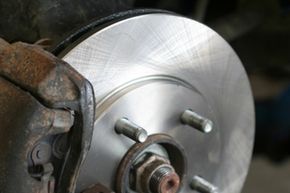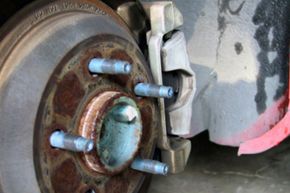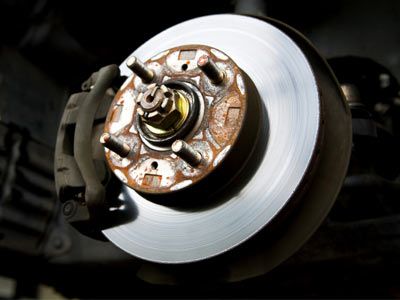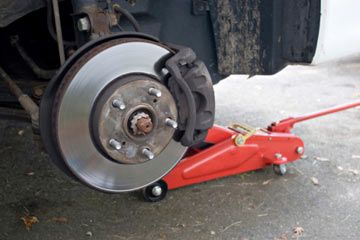The road can be a dirty and grimy place; mix that with some high friction, a little bit of brake dust, some old brake fluid from a brake job gone wrong, and you can have yourself a lot of gunk built up right around the areas you want it least. Spray-on brake cleaners are one of the best ways to free up excess contaminates around your brakes and ensure that nothing is getting in the way of your braking system.
Unlike other fixes to your car, cleaning the brake system using a spray-on cleaner is inexpensive and doesn't require much preparation time or removal of any major parts. It can be done easily in just a few minutes and most of the tools and equipment you need can be found in any garage or storage shed. If you know how to change a tire and how to use an aerosol spray can, then you probably already know how to use brake cleaner.
Advertisement
The next time you take your tire off, take a look at the brakes and see if there's any excess dirt building up on the braking system. Applying a brake cleaner can not only be effective in cleaning the brakes and helping them to function properly, but it's also effective when you need to see parts of the braking system clearly before doing a repair job.
Brake cleaners are effective in removing oil, dirt and other debris from your vehicle's braking system because of the combination of chemicals used to break those elements down and wash them away. As we'll see on the next few pages, some of those chemicals can be harmful so you'll need to take precautions before using most aerosol brake cleaners.
Go on to the next page to learn what tools and materials you'll need to have before applying a spray-on brake cleaner.
Advertisement






